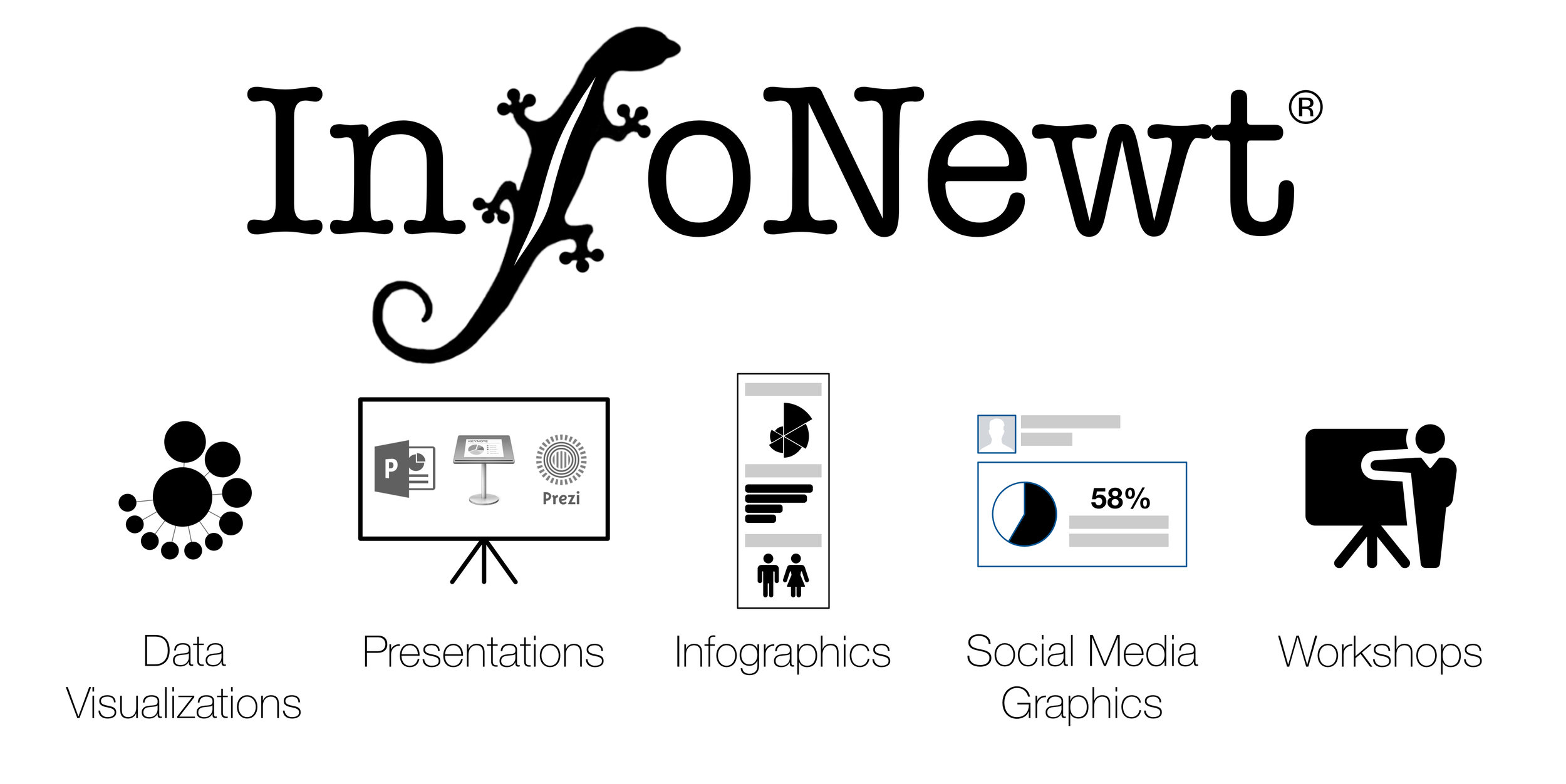A Subway Map of Human Anatomy
A Subway Map of Human Anatomy infographic is a good example of bridging the gap between scientific information and a recognizable design. Johnathon Simmons M.D. uses a well-known visualization of the London Underground Subway system and uses that design style with the human body to explain the relationships between all of the systems within us. A Hires version is available on Visual Capitalist to view the intricate details.
We all have bodies, but how many of us truly know our way around them? Plenty of books explain in detail the functions of and relationships between each and every part of our anatomy, but few of them do it in a way the layman — and especially the layman not yet accustomed to the sight of human viscera laid bare — can readily grasp. We need a visualization of the human body, but what kind of visualization can best represent it with a maximum of clarity and a minimum of misleading distortion?
“Most people might imagine an intricate network of blood vessels or the complex neural circuits of the brain,” writes Visual Capitalist’s Iman Ghosh. “Or we might picture diagrams from the iconic medical textbook, Gray’s Anatomy.” But how about a visualization of the body in the style of a classic piece of information design we’ve all seen at least once, the London Underground map? “Created by Jonathan Simmonds M.D., a resident physician at Tufts Medical Center,” Ghosh writes, “it’s a simple yet beautifully intuitive demonstration of how efficiently our bodies work.”
Just as Harry Beck’s original 1933 London Underground map straightened out and color-coded each of the lines then in operation, Simmonds’ anatomical map traces thirteen different “lines” through the body, each of which represents a different system of the body: the nervous system in yellow, for example, the airway system in black, and the lymphatic system in green. “While dashed lines represent deeper structures, sections with ‘transfers’ show where different organ systems intersect,” Ghosh writes. If you’re wondering where to start, she adds, “there’s a helpful ‘You Are Here’ at the heart.”
Looks to be inspired by Sam Loman’s design, Underskin I posted in 2010.
Found on: Open Culture










